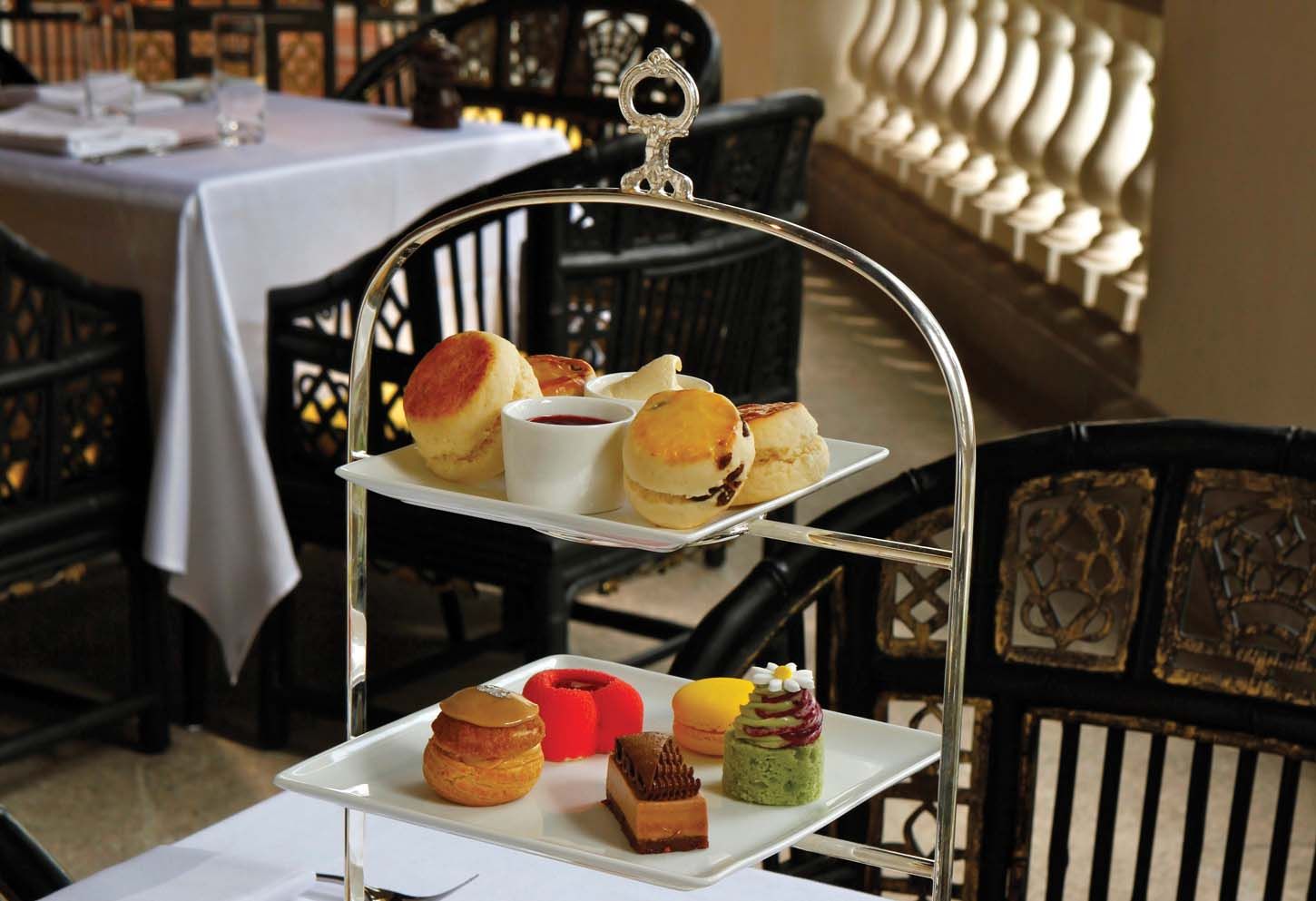While a tradition for more than two hundred years, over time some of the rituals have been forgotten or misinterpreted. Guest writer Kristine Stewart explains how to take your tea in true Victorian style

First, the history: In the early 1800s, tea was a popular beverage in Britain and consumption had increased dramatically. Tea was in demand, pricy, and certainly a luxury. Tea was so valuable that only the lady of the house carried keys to the tea canisters and she was the only person allowed to touch the teapot.
It is said that during this time Anna, the seventh Duchess of Bedford created the tradition of afternoon tea. She needed something to tide her over from breakfast – as one did not usually have lunch in those days – so she would ask her staff to prepare a light mid-afternoon snack, sometimes inviting her girlfriends to join. This became a popular social activity, as many ladies probably also had that hungry sinking feeling mid-afternoon. While the men were at coffee houses, the lady of the house would send her staff away and personally pour tea for her friends in the casual, intimate setting of her boudoir.
Another note – nowadays, many places that provide afternoon tea advertise it as ‘high’ tea because it sounds fancier. In fact, this is not true, and the two are completely different. The popular ritual of afternoon tea trickled down to the lower classes in the 19th century, but was altered to suit those with a much tighter budget and less time to spare. The working class could not wait until eight o’clock for a lengthy evening meal; they had to get to bed so they could start an early work day. Besides, a long day of laboring would have worked up quite the hefty appetite by late afternoon. While afternoon tea was taken between three and five o’clock, high tea was taken at five or six o’clock, consisting of much more substantial foods meant to replace the evening meal. While afternoon tea consists of delicate finger sandwiches, scones and a few bite-sized desserts, high tea includes hearty meat pies, fruitcakes, and more bread.
If you are preparing an afternoon tea, there are a few tips to keep in mind that demonstrate superb hosting and the utmost consideration for your guests:
Provide a loose-leaf tea rather than tea bags. Your guests deserve more than just tea bags, which are usually filled with the mashed bits of leaves at the bottom of the barrel. Loose-leaf tea ensures better quality and better taste. Tea should be black – an early grey or orange pekoe – but have herbal tea on hand for guests who prefer it.

Tea should be poured into the cup before anything is added. During the 1800s having a bone china tea set was a luxury and tea was always poured piping hot. If one poured tea into a cup that was not real bone china, it would crack and pouring tea into a cup that already had milk in it would significantly reduce the temperature. Therefore, we poured the hot tea first to show we were using bone china. Nowadays we have access to much more durable tea wear, made of materials that withstand high temperatures without cracking. Don’t forget to use a strainer!
When serving tea, give your guests the options of lemon, milk, and sugar. It’s only polite to make no assumptions about how your guests like to take their tea. Lemon should be thinly sliced and sugar is traditionally presented as cubes, handled with tongs. Also always have a teapot full of hot water near by to add to the cup of a guest who prefers a weaker tea.When pouring tea for guests, ask if they take it weak or strong and never fill the cup more than three quarters full.
Don’t stir up a noise. When stirring tea, one should delicately move the teaspoon in a half circle or arch, being careful to avoid tapping the sides of the teacup and making too much noise. When picking up a teacup, the saucer is picked up with it. The saucer is held at chest level while the cup is brought to your mouth to take a sip.
A well constructed tea set should consist of finger sandwiches, traditionally filled with egg, salmon or cucumber, scones with clotted cream and jam, and small bite-sized desserts. Food should be eaten in that order and one must not start on scones until everyone has had enough of the sandwiches. Same goes for moving on to the desserts.
There has been much debate as to whether clotted cream or jam go on the scone first. Clotted cream is, in fact, the correct answer and this is because the best clotted cream, from Devonshire, was highly sought after and pricy. As a hostess, one would offer her guests the Devonshire clotted cream before the jam to show her generosity, as her guests could use as much cream as they liked – and it does not matter if the jam on top slid off afterwards. When helping oneself to clotted cream and jam, serve yourself as much as you intend to use for the whole scone. There is no double dipping allowed!
Kristine Stewart is the director of the Hong Kong Institute of Etiquette
